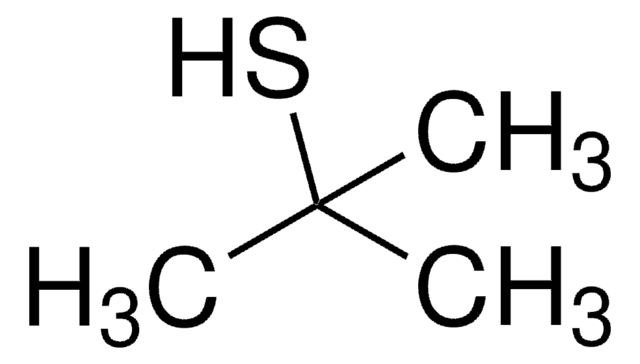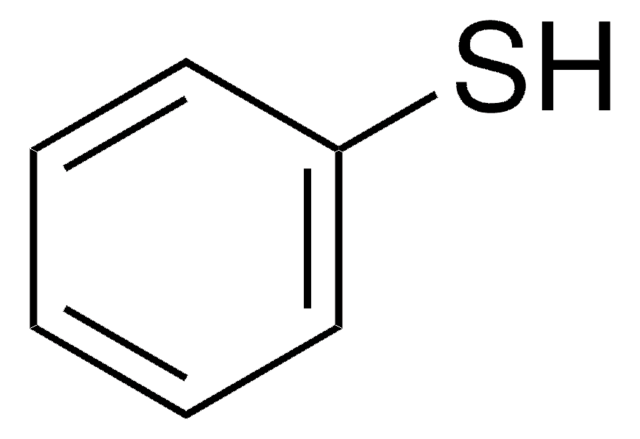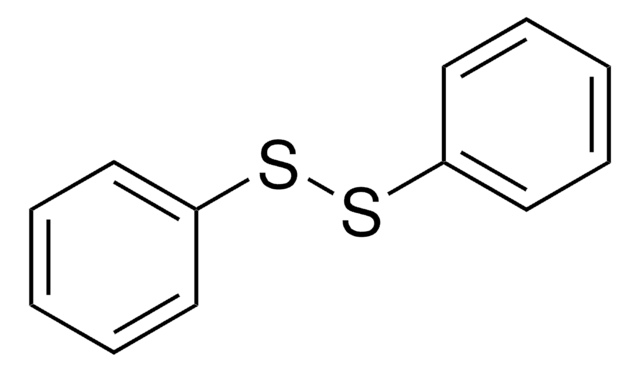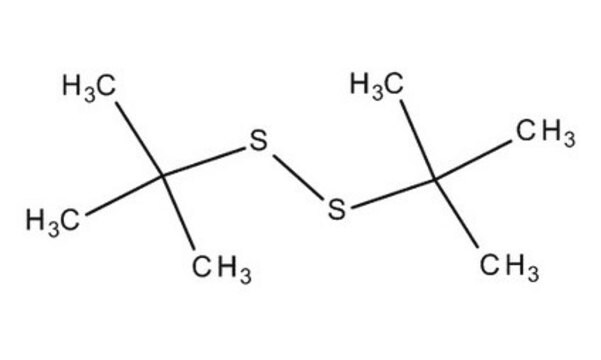247545
Di-tert-butyl disulfide
97%
Synonym(s):
tert-Butyl disulfide
About This Item
Recommended Products
vapor density
5 (vs air)
vapor pressure
51.7 mmHg ( 37.7 °C)
assay
97%
form
liquid
refractive index
n20/D 1.490 (lit.)
bp
200-201 °C (lit.)
density
0.923 g/mL at 25 °C (lit.)
SMILES string
CC(C)(C)SSC(C)(C)C
InChI
1S/C8H18S2/c1-7(2,3)9-10-8(4,5)6/h1-6H3
InChI key
BKCNDTDWDGQHSD-UHFFFAOYSA-N
Looking for similar products? Visit Product Comparison Guide
Related Categories
General description
Application
hcodes
pcodes
Hazard Classifications
Aquatic Chronic 2
Storage Class
10 - Combustible liquids
wgk_germany
WGK 3
flash_point_f
143.6 °F - closed cup
flash_point_c
62 °C - closed cup
ppe
Eyeshields, Gloves, multi-purpose combination respirator cartridge (US)
Certificates of Analysis (COA)
Search for Certificates of Analysis (COA) by entering the products Lot/Batch Number. Lot and Batch Numbers can be found on a product’s label following the words ‘Lot’ or ‘Batch’.
Already Own This Product?
Find documentation for the products that you have recently purchased in the Document Library.
Our team of scientists has experience in all areas of research including Life Science, Material Science, Chemical Synthesis, Chromatography, Analytical and many others.
Contact Technical Service








